Zinc alloy die-casting is a kind of pressure-casting part. It uses a pressure-casting mechanical die-casting machine with a casting mold installed. The heated liquid zinc or zinc alloy is poured into the feed port of the die-casting machine. After being die-cast by the die-casting machine, the cast out Zinc parts or zinc alloy parts of the shape and size limited by the mold, such parts are usually called zinc alloy die castings. Next, let the zinc alloy die casting manufacturers introduce to you how to polish zinc alloy die castings?
1.Mechanical Polishing
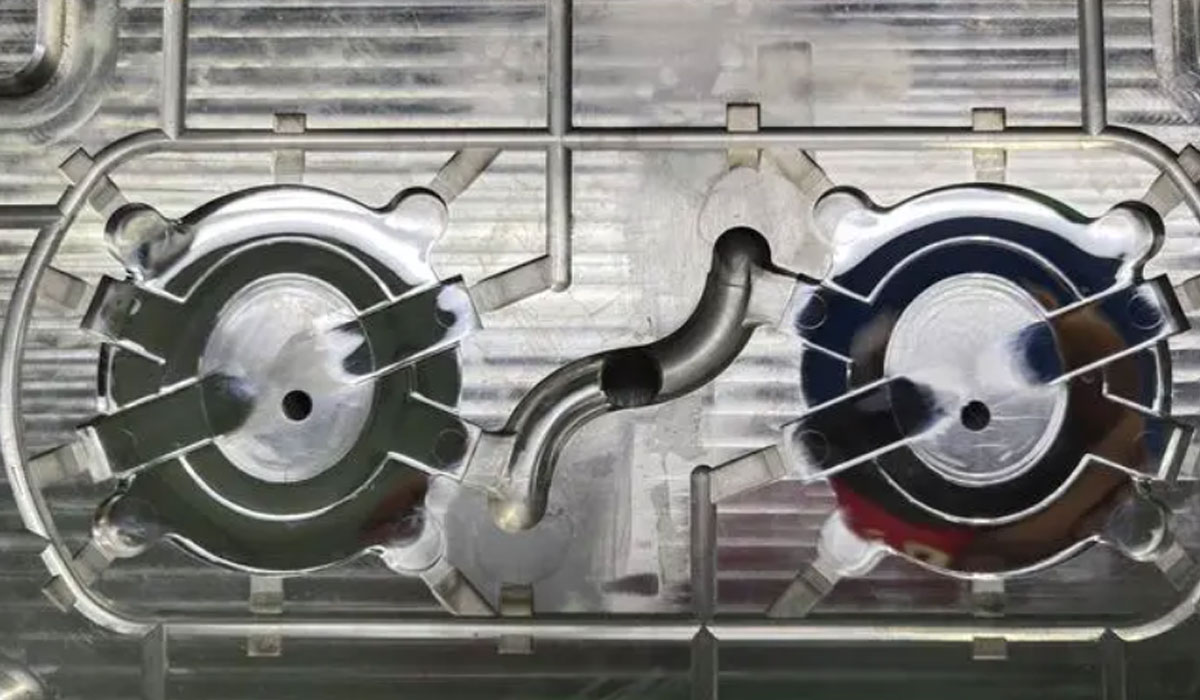
The mechanical polishing used by zinc alloy die casting manufacturers mainly relies on cutting or plastically deforming the surface of the material to remove the protrusions on the surface of the workpiece to obtain a smooth surface. Up, for high-speed rotation.
Using this technology, the surface roughness of ra0.008μm can be achieved, which is the best surface roughness among various polishing methods. This method is often used for optical lens molds, and mechanical polishing is the main method for mold polishing.
2.Chemical Polishing
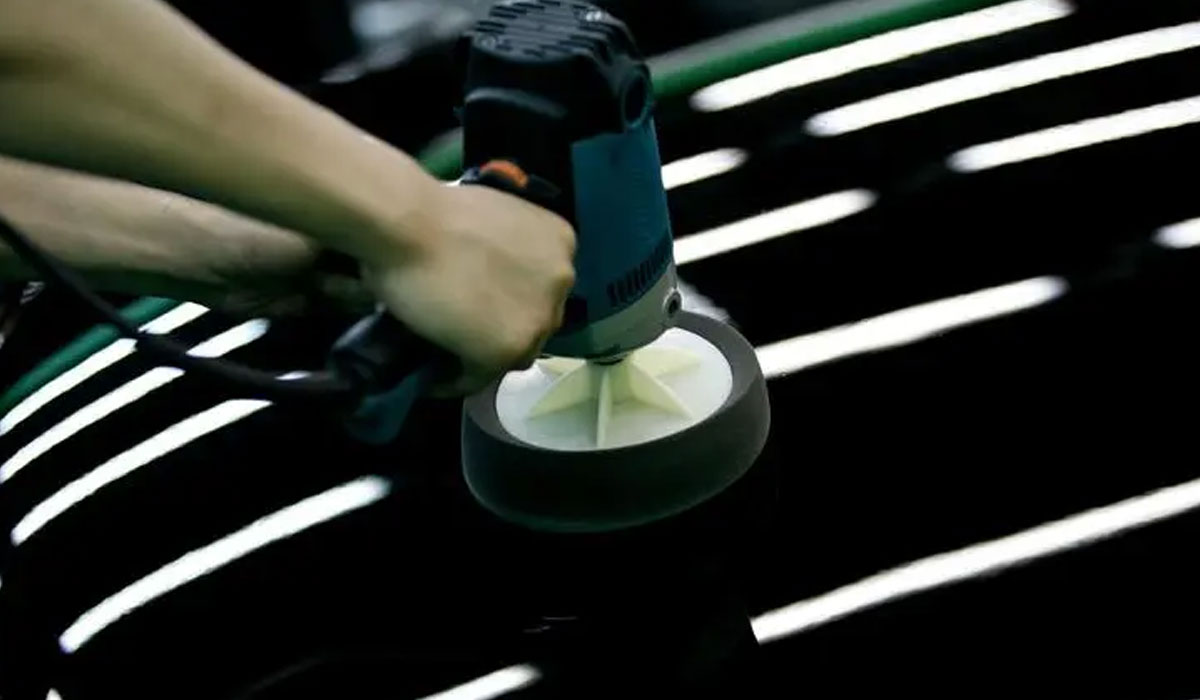
Chemical polishing is a chemical medium in which the protruding part of the surface is preferentially dissolved compared to the concave part, so as to obtain a smooth surface. This method can polish workpieces with complex shapes, and can polish many workpieces at the same time, with high efficiency. The surface roughness obtained by chemical polishing is generally ra10μm.
3.Electropolishing

The basic principle of electrolytic polishing is the same as that of chemical polishing, that is, it relies on selectively dissolving the tiny protrusions on the surface of the material to make the surface smooth. Compared with chemical polishing, it can eliminate the influence of cathode reaction and has a better effect.
4.Ultrasonic Polishing
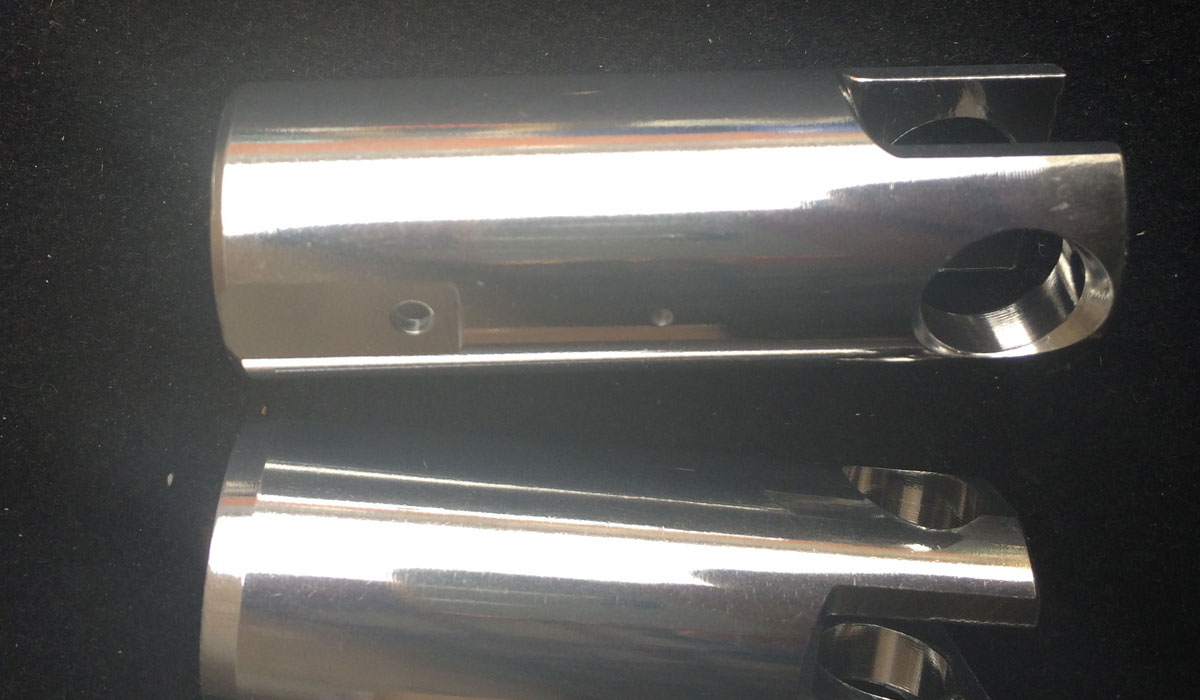
Ultrasonic polishing is a processing method that uses the ultrasonic vibration of the tool section to polish brittle and hard materials through abrasive suspension.
Put the workpiece into the abrasive suspension and put them together in the ultrasonic field, relying on the oscillation of the ultrasonic wave, the abrasive is ground and polished on the surface of the workpiece. The macroscopic force of ultrasonic polishing is small and will not cause deformation of the workpiece, but it is difficult to make and install the tooling .
5.Fluid Polishing
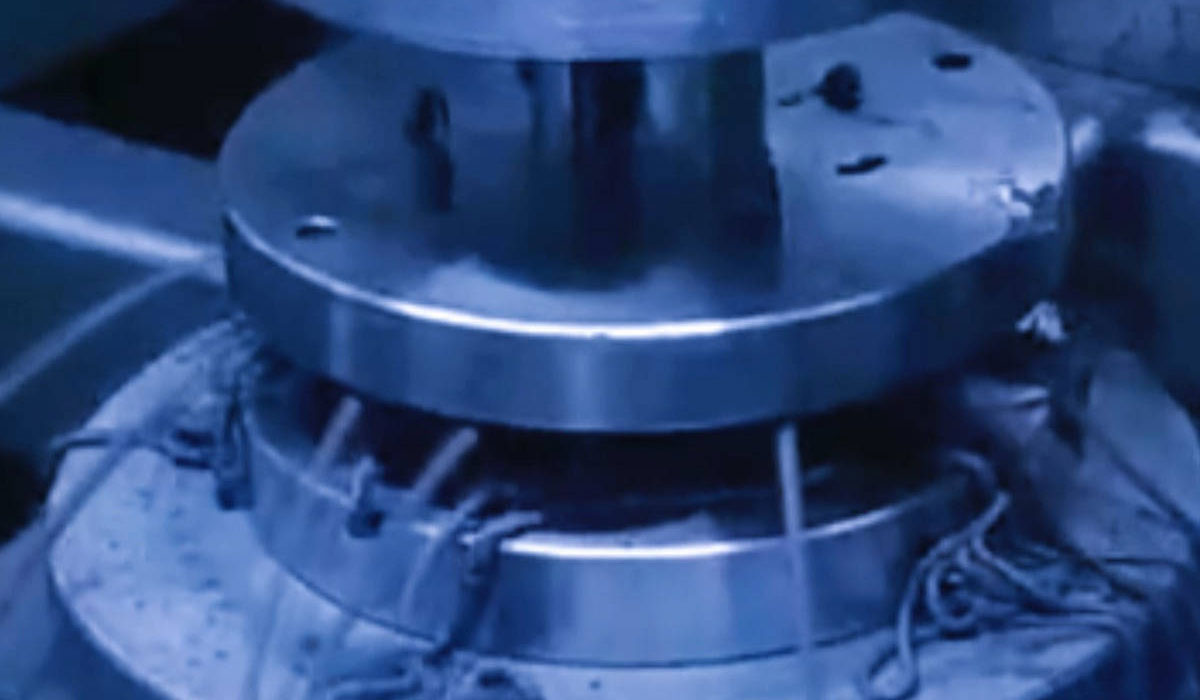
Fluid polishing relies on the flowing liquid and the abrasive grains it carries to scour the surface of the workpiece to achieve the purpose of polishing. The hydrodynamic grinding is driven by hydraulic pressure. It is made by adding abrasives, which can be made of silicon carbide powder.
6.Magnetic Grinding And Polishing
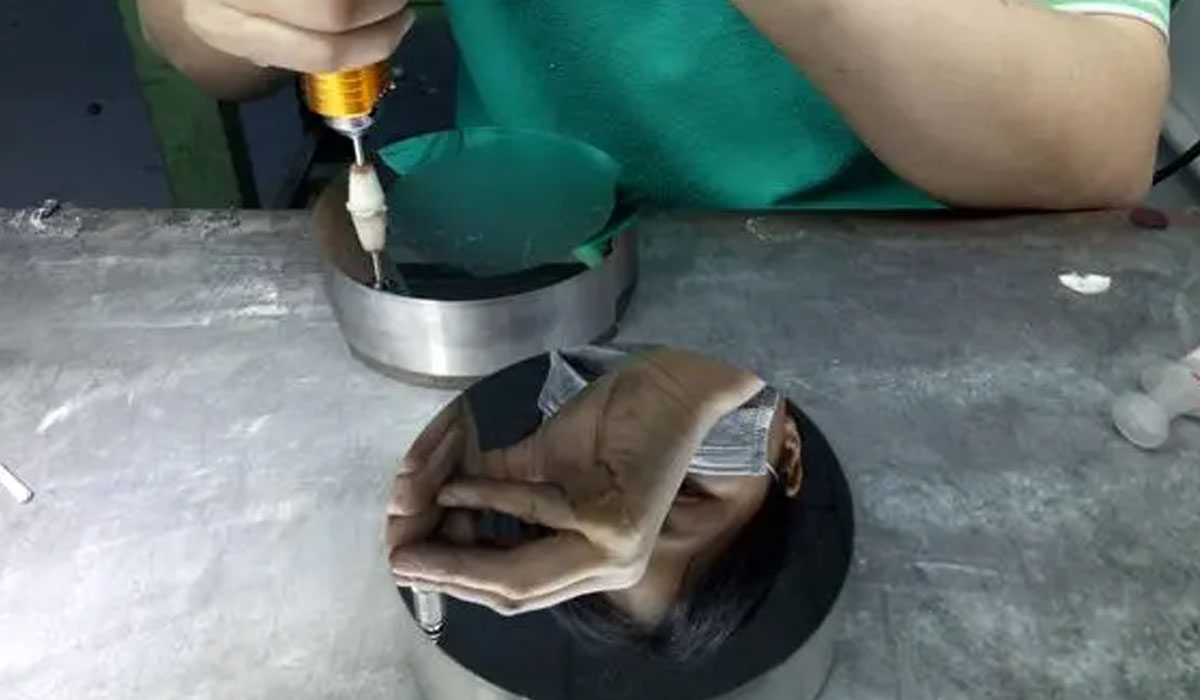
Magnetic grinding and polishing is to use magnetic abrasives to form abrasive brushes under the action of a magnetic field to grind the workpiece. This method has high processing efficiency, good quality, and easy control of processing conditions. Using suitable abrasives, the processed surface roughness can reach ra0. 1 μm.
